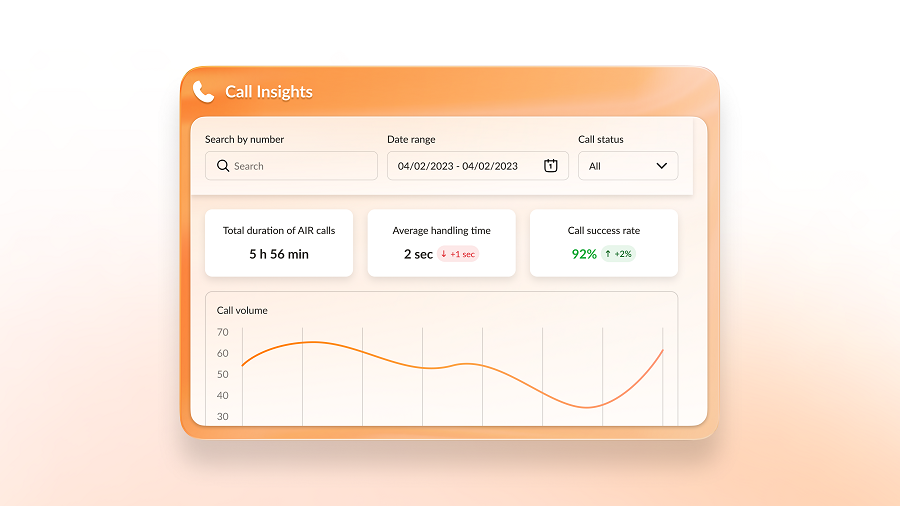Check out around you. The screen you are looking at, the clothes you wear or even your coffee maker have probably crossed the ocean in a container before reaching you. It is not a simple random assumption. About 80% of the goods travel by boat, which makes maritime transport into the backbone of the World Trade. Without this machinery running precisely, getting many of the things we use every day would be little less than an odyssey.
A key piece of this system is the sea ports. We are talking about the nerve centers that not only receive and dispatch millions of containers a year, but also coordinate a millimeter logistics that allows goods to circulate fluently between continents. It is no secret that this world is in constant movement, but there is a title that has not changed hands for a long time: the port of Shanghai has been the most active in the world for 14 years.
The port of Shanghai is also a port megaciudad
After a long time, in 2024 the port of Shanghai became the first of the world to handle more than 50 million teu in a single year. And when we talk about TEU, we refer to the standard container unit of 20 feet (6.1 meters) long. This port did not begin its rise to the throne yesterday. One of his first great achievements occurred in 1994, when he first exceeded the million TEU. Since then, its performance has grown exponentially, multiplying by 50 in three decades.

There is no doubt that this reality is directly related to the industrial muscle of China, which has established itself as the greatest manufacturing power in the world, and with the spirit of the Asian giant for developing ambitious works. The port of Shanghai has not stopped evolving during the last decades. Automated terminals have gained ground to improve efficiency and security drastically. Less people work and everything becomes much faster.


The port has completely automated terminals where tasks such as goods discharge, stacking and output are controlled by the “brain” of the management system. Sun Jinyu, one of the Shangdong terminal leaders, told 2021 that the cranes needed about 108 operators in the past, but automation had allowed the same tasks With only 7 operators. And, because of that was not enough, most of the work was done through remote operation.

But an impressive infrastructure would not be enough without strategic ties. The port of Shanghai began to handle containers in the 1970s and it was not until 1978 that he opened his first international route, one that joined China with Australia. At present, it is linked to almost 350 international routes, connecting more than 700 ports in more than 200 countries and regions of the world. Internal level, it also has 22 ports distributed by various Chinese provinces, consolidating its role as a key node in global trade.
Images | Shanghai International Port (1, 2, 3) | Reb42
In WorldOfSoftware | Chinese submarines are authentic crickets: a new generation promises to change the rules of the game










